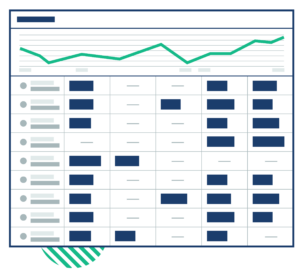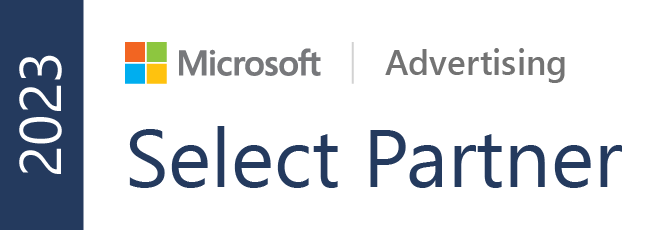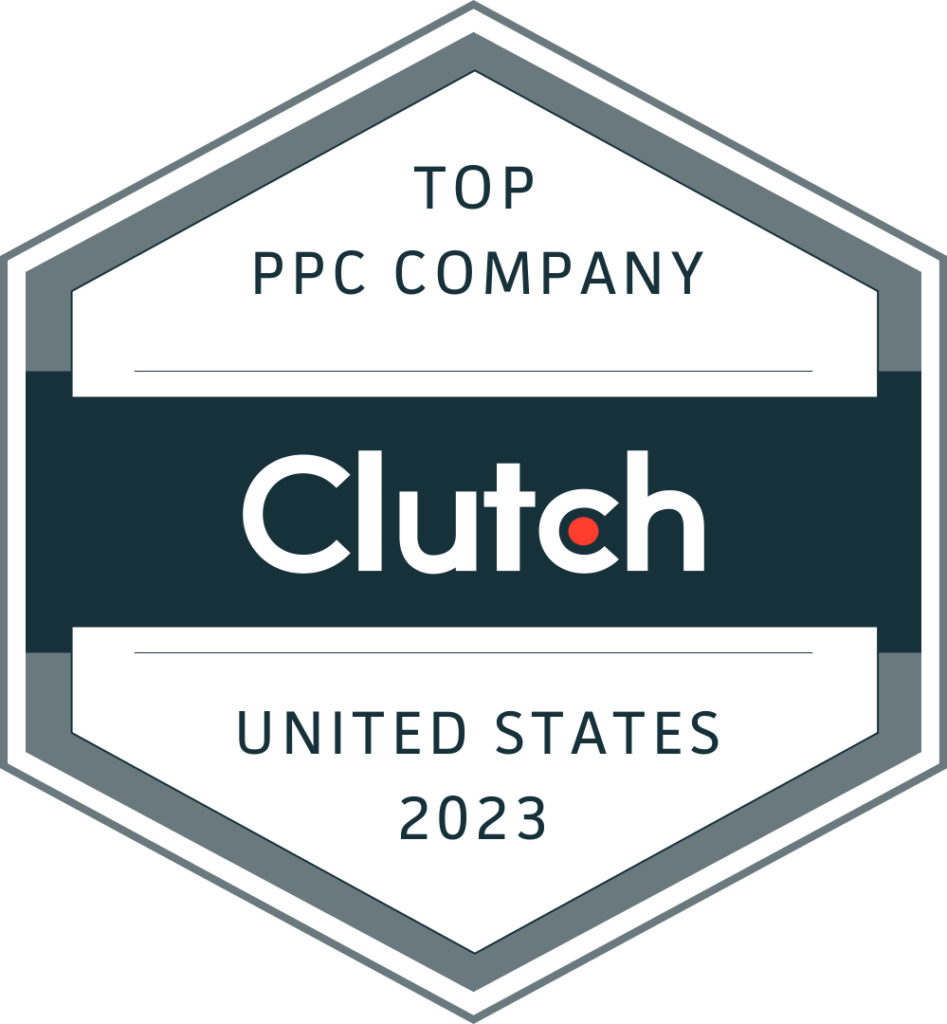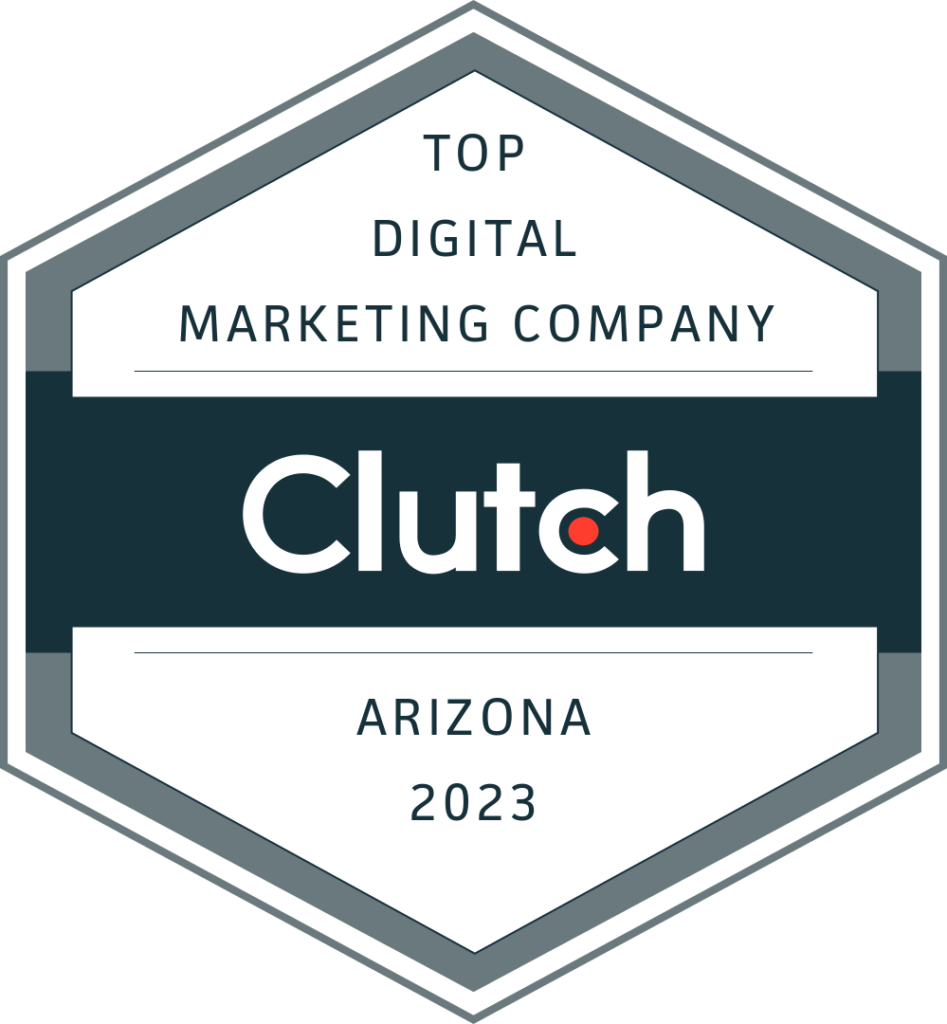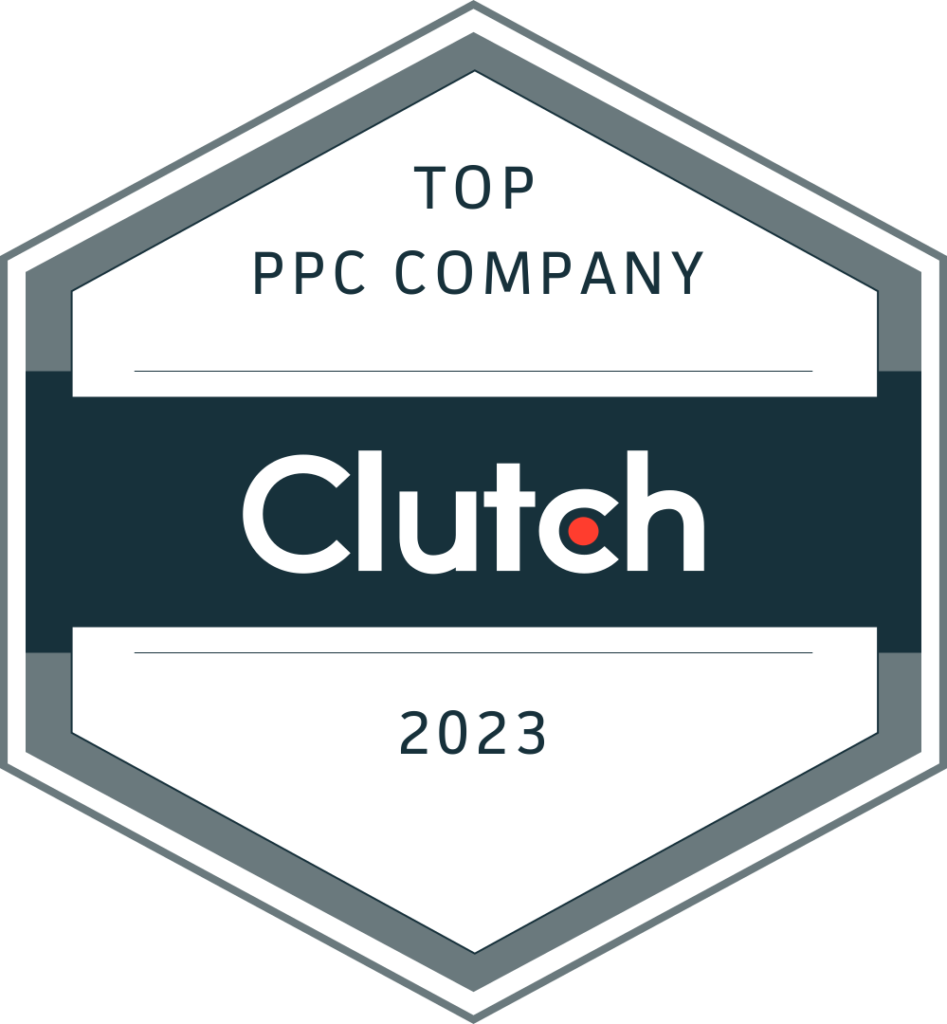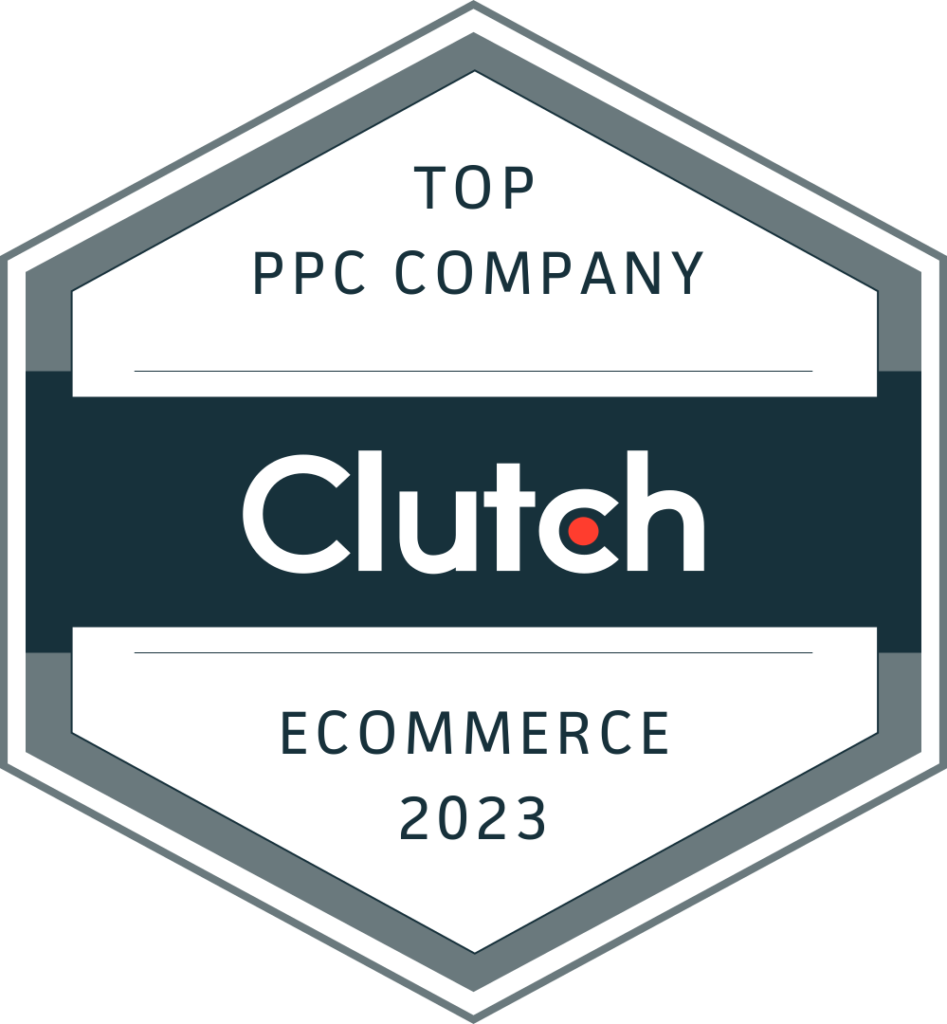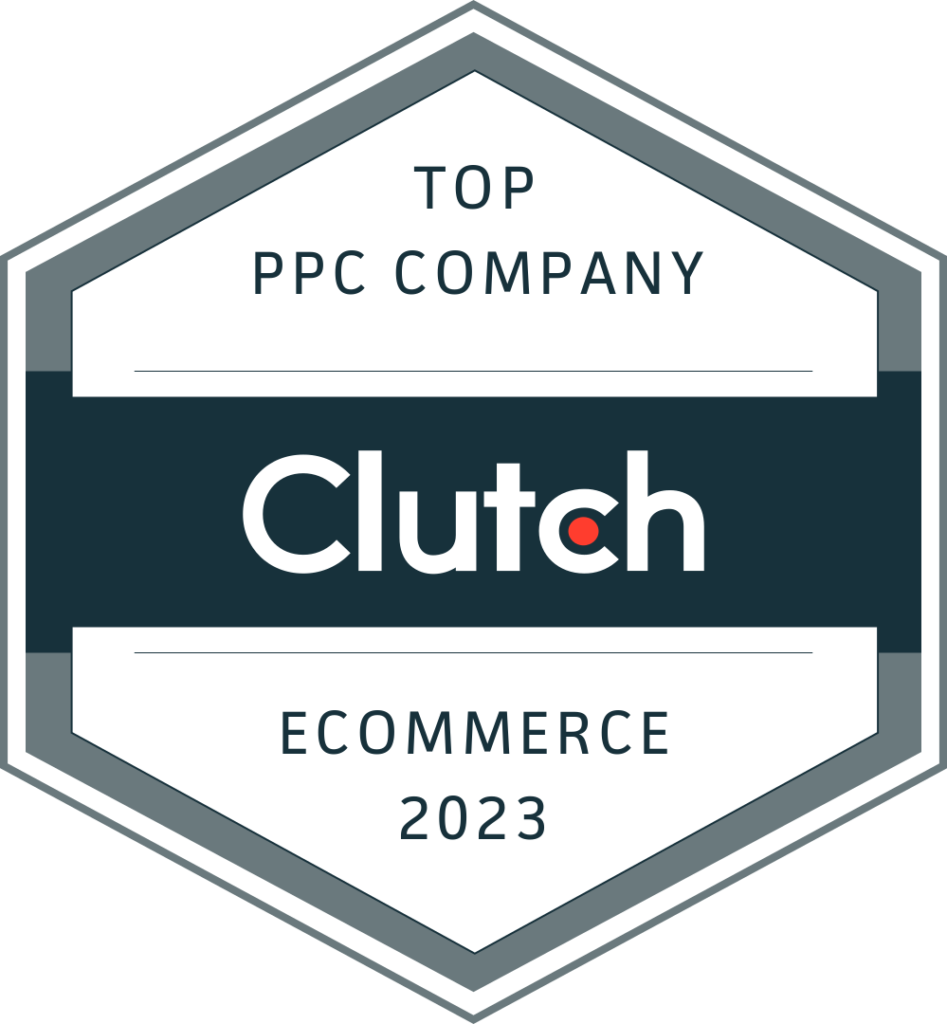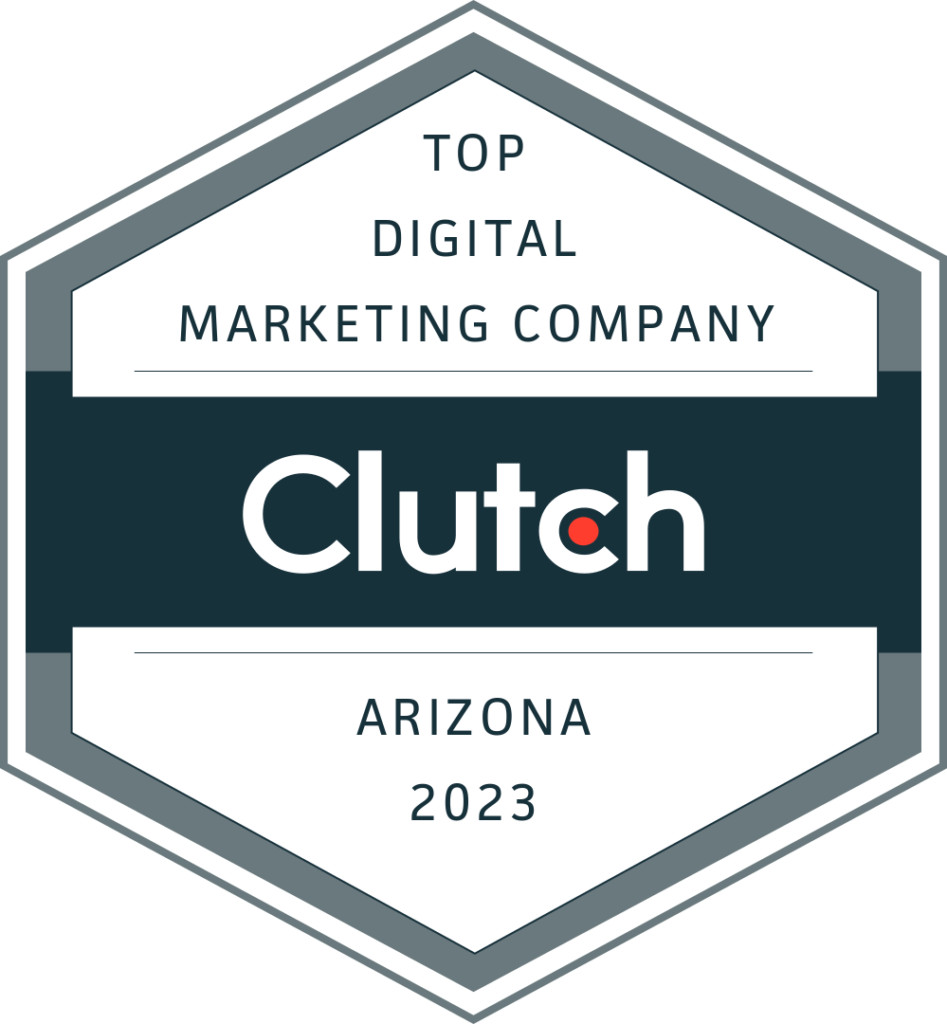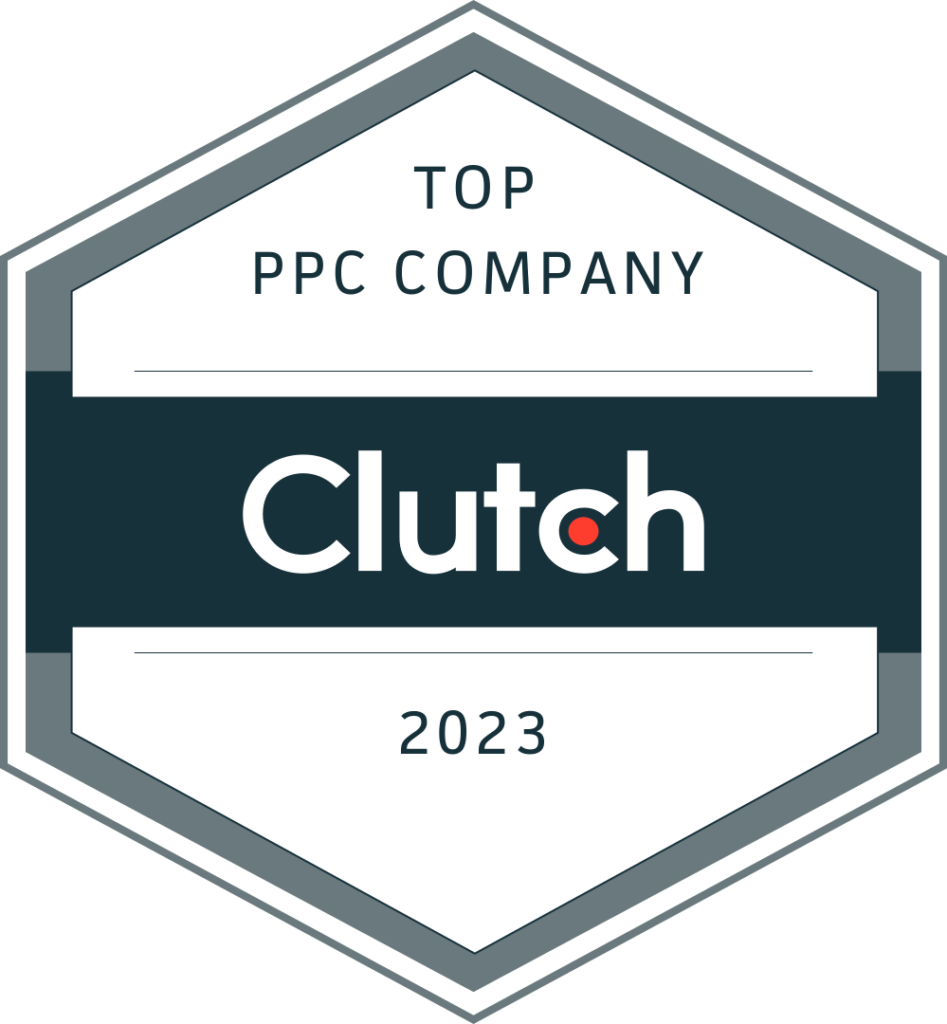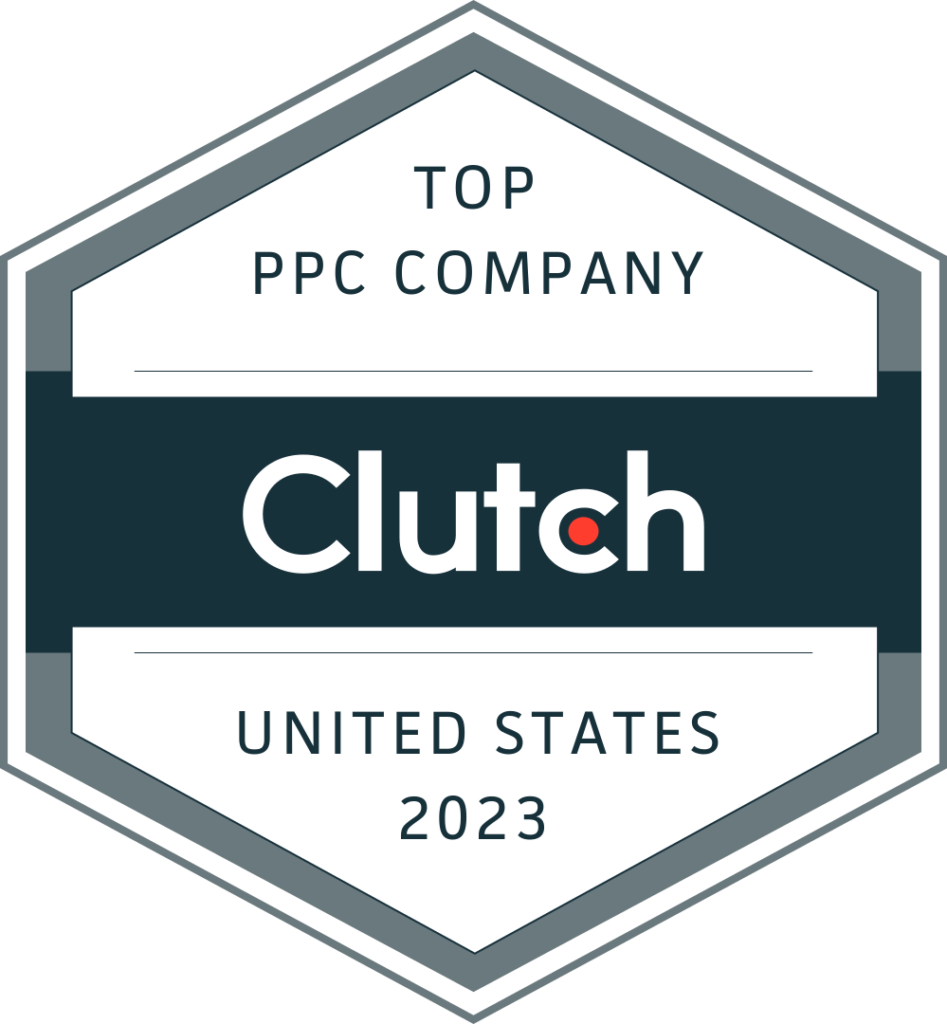
Episode 4
Why You Could Be Tracking Leads All Wrong

Watch
All right, hello and welcome back to Paying for Attention, and today we’ll be talking about why you could be tracking leads all wrong. And today we got with us Keegan Brown, as well as our co-host there, Andrew Hollington. So let’s go ahead and. For attention. OK, Keegan Andrews, so today is kind of a little bit of a bold statement here, you could say on why you could be tracking leads on the wrong. So why is that?
Why could we be tracking leads are wrong.
Yeah, now it is a little bit bold, but, yeah, I mean, I. I would say. Eight out of 10 advertisers out there are tracking leads all wrong, and the reason is, is that you’re probably not looking at lead quality. To a specific channel like Google ads or Facebook ads or anything like that, and you’re probably not in you might be saying, well, I have like a landing page that, you know, all my leads go through or anything like that.
But you’re probably also not granularly tracking those leads to certain ads, keywords, landing pages, you know, different demographics. And if you’re not doing that, you’re completely missing half the story of how those leads are turning into sales and how they’re actually impacting your bottom line.
Yeah, totally in the the other piece of that is the lead called lead quality can do so many things. And and if you’re if you’re missing that piece, actually, more specifically, you need to know down to the campaign, down to the search term, if possible, the more data, the better that you can collect on your back end for the PBC manager or analyst who whoever’s managing the account, the better they can do with that data. Right.
So when we look at what was the search term that they that they search for this really, really good lead, then we can start to identify trends. We can start to do our analyst magic. Right. That’s the analysis we love. It’s taking this this give me give me all of your awesome leads, your five star leads that we’ve given you. Let me see an Excel sheet of those. And that is the analysis I love doing. I don’t know about you, Keegan.
I do, because when you do that analysis, you can actually see how you’re impacting the bottom line. And and that is not only a good feeling because you know that your work is is actually doing something good rather than just generating conversions that Google or Facebook or any platform says that, you know, just the number on a screen you’re actually seeing the impact that you’re making for that business and their bottom line. And it also helps keep a relationship alive and keeps, you know, with our clients.
If we’re able to show that we’re profitable and are generating good leads, that’s going to continue. And it is also likely to increase budget, increase different channels and opportunities. So it really is just kind of good all around. It’s it’s definitely one of my favorite things to do as well.
OK, so talk about equality. What about Arawa analysis?
What do you think? Yeah, yeah, I mean, I’ll definitely jump in there, so it kind of goes along with what Keegan was saying there, right? Is that to understand the lead quality helps to show what’s how it’s impacting the bottom line. Right. We need to make those lead quality adjustments to get more qualified leads, thus more qualified leads. Your salespeople are going to close more of those leads. You’re going to get a better ROIC, right?
It’s as simple as that, really, when when you look at it. And so, you know, is your PPC agency or is your PPC manager actually making you money or are the leads you’re getting actually closing in the sales? That’s really, really important to look at. And if you’re not connecting the dots there, you’re missing a huge, huge opportunity.
Yeah, and just to give an example, you know, when when you’re just looking at, you know, the interface with within an ad platform and you’re you know, you got this campaign or an ad or whatever it is, generating tons and tons of conversions for you. And it’s really cost effective from an an analyst side that’s actually managing those ads. They’re going to continue to allocate budget, increase bids, make optimizations to push more of your budget towards that campaign or keyword or ad or what have you.
And if that ends up not being good, lead quality, if those leads are coming from a different country that you don’t, you know, actually do business in or if it’s coming from 18 year olds in your services for cataract surgery. That analyst is wasting her money on on on unqualified leads, and it’s wasting your sales team’s time on dealing with these leads, following up on leads that you know you can’t even work with or it doesn’t make sense or they don’t have the budget for it.
So it really can be a snowball effect on of wasting time and money for your campaigns.
So you talked about kind of going back a little bit with the lead quality. How much data do you need, how maybe not how much, because you’ve basically put the idea in the more data, the better, right? How long can clients or anybody listening expect a test to get enough data to actually see, OK, this is good quality.
Yeah. So I. It’s that’s a difficult question, but you can start seeing, I would say, right away, are you going to get trends right away? No, obviously not. But if you get a lead in and you’re tracking that all the way through and it’s obviously, you know, a lead from a different country, that might give you an indication to go dove in a little bit and say, oh, oh, we forgot to change this location setting.
Right. Or it could be, you know, again, you know, budget issues or things like that after a while. I mean. It really takes a certain amount, but I don’t have that off the top of my head. Andrew, do you have an issue?
No, I don’t have a specific answer, but but definitely that’s where it gets frustrating is is when clients are like, OK, how much data is enough? Data is two weeks good, is three weeks good. And we just don’t have that. We don’t have that answer. It’s not until trends are identified. So, you know, I mean, we can start looking at it, but you don’t want to make a decision on the first or second lead that comes in until you identify a trend.
Right. So the the the big because, for example, you could see a bad lead come in for a search term that you identified as a really high interest rate search term. We’re not going to negate that search term. We’re not going to bid down on that keyword. Right. We’re not going to make a decision on one bad lead. If you continue to get bad leads, we’re going to start to ask you questions. You know, what are your sales team?
What is your sales team saying about that lead? What what what makes that lead unqualified? What what are they hearing from the from the client?
Yes. Age. Is it age, gender, location, budget. Just the wrong service. You know, are they just confused? That’s when you can kind of go back and start to see those trends and say, OK, this could be the reason why we can make some optimizations for it.
And the other big thing I want to remind everyone about is this is we’ve been talking a lot like thinking about foreign films. Right. But don’t forget about phone calls. Phone calls are really, really important as well. A lot of people just want to call me old school. I might I might just want to pick up a phone and talk to a salesperson. I might not want to put my personal information, wait for them to call me back, especially for more or more urgent services.
They’re going to pick up the phone and call you. Do you have systems in place to track those as well? So there there are services out there, obviously, that help with that. But you need to be doing the same things that you’re doing with with form files, on phone calls. Are you tracking the search terms? Are you tracking what campaign it came from so that we can go back and make those budget optimizations, like Keegan was saying, make those keyword adjustments?
All the things that we were talking about with foreign films. Don’t forget about calls.
Awesome. Yeah. And the reason, all great things. So the more data, the better. Right? I mean, you can gather all types of information from the little things. And I think people overlook that. The reason why I ask about the time thing was just because how many times do we actually get a client say, well, well, when can we expect to see that, you know this every time? Right. They they always put a time stamp on it.
But really, I like you guys. His response the real answer, you know, is, of course, it comes down to just be patient. Yeah. Just let that data flow in. OK, so along with why what about offline conversion data?
Yeah. So so I’ll jump in there. This is just another level of data. Like analysts were nerds. We love data. And so this is just another level of data that we can that we can use to optimize the campaigns. And what it is really is just attaching and sorry to get real technical on you here, but every click, every click on a Google ad has a has a G Klyde, which is a Google click ID. And what that does is it just identifies the clicker.
If they click again, they have the same Google click ID, so it allows you to track them through the funnel. That’s really all it is to simplify it. But what it’s powerful because what it can do is you can pass it through to your CRM and say, all right, I identified this guy as the clicker and we can then upload certain data into Google ads and say, all right. So, for example, one use case is is lead quality and lead scoring.
So you can even do that so you can score your leads. I don’t know, as simple as one, two, three, one being the best lead. And then we have conversion columns and Google ads where we upload that data and say, all right, awesome. Now within my campaigns, I can go in there, click in there, look at this keyword and see how many one one level leads we got. You know, how many of the best lead quality category did we get and and start to optimize within the account rather than, you know, relying on client sales data, you know, what are your sales team say?
What you know, it takes away a little bit of the back and forth and empowers us to make decisions on within the platform.
That’s awesome. OK, so that all sounds great. So how can a business track lead quality?
Yes, so this is where it gets a little tricky and there’s a lot to it, but there are basically, you know, three or four steps that you can take to get there. And, you know, it usually helps if you have a developer or if you’re pretty tech savvy with some of the forms that you’re working with. But really, the first step is making sure that you’re utilizing UTM on your ads. So that’s UTM source, media campaign keyword, all that type of data.
So Google Google Analytics has a UTM builder that you can utilize to to help build that and each platform. So Facebook ads, Google ads being they have their own value track parameters that you can pull through that pull specific data to that platform that helps you again, just more look at data, more granularly, and it’s extremely beneficial to do it that way. And that’s also where the Klyde comes in from Google and Microsoft that are being has its own FBB Klyde is another one for Facebook.
So they all kind of have that data. And basically what you want to do is set up what’s called hidden form fields behind your forms. So they are exactly what they sound like. They are hidden within the form. So if you have like a form with first name, last name, phone number or email underneath that, all will have form fields that are meant to capture your UTM either through the the wall when they actually click the ad or through a cookie, which is a whole nother level of tracking.
And it’ll pull that through and send your CRM and you can start to see that UTM data within your CRM that way. Yeah, that’s really the first way. And that’s a great way for your sales team to start seeing the channel and the keywords that we’re generating those leads and start that conversation about lead quality.
I’ll add to that that you can take it another level, if you’d like, if there’s something specific to your business that you really want to know about the lead, you can create custom parameters and you don’t have to follow the value track parameters. You can you can put a parameter in there that says, you know, UTM, whatever you’d like. You teams are just the the standard ones that pass to analytics. They play with analytics. They play within the Google system very well.
Ecosystem very well. But don’t let that limit you. If there’s something really specific that you want to pass through to your CRM about each specific campaign lead, things like that, you can definitely do that. The other the other point I wanted to make real quick is the I already really I already touched on it with with the call phone calls. But just make sure you have a system that can do those types of things for phone calls as well.
It’s as simple as that. There’s we we’ve used call real and call tracking metrics just to name a couple. Don’t have a huge preference on on either, but find one that works for you. And and that’s that’s how you can track your phone calls back into your you can you can integrate it with your CRM as well and start to pull in those phone calls, as you know, contacts in your CRM as well, and then start to track the lead quality that way.
Very cool. So, Andrew, you mentioned something about CRM a couple of times within there. So what about integrations? How big is integrations with, like, Salesforce and HubSpot and things like that?
The more popular ones like like Salesforce and HubSpot, like you mentioned, will have need of integrations with a lot of landing page builders, WordPress has, you know, connections that that’ll push them indirectly. Right. HubSpot has their own set of UTM that that you can use, that you can use as well. So the integrations just make it that much easier. They’re not they’re not 100 percent necessary. You can use them or lose them. It doesn’t really matter.
But yeah. What do you think about the integration scheme and anything else I missed?
Yeah, I mean, integrations are nice with those forms. But one of the one of the cool things that I think, again, you know, we’ve worked with a lot of B2B companies and I would say nine out of 10 do not take advantage of the Salesforce and Google ads integration that helps you take care of all of the things that Andrew was talking about earlier and with forms and all these connections, connectors or anything like that. And you can actually integrate Salesforce into Google ads and you can pass all that data through seamless seamlessly.
And again, empower, you’re the manager of your ads to be able to make decisions based on actual revenue, bottom line revenue for the business, for qualified leads, rather than just one where there’s somebody filling out a form or giving a phone call with integrations.
Is it common for people to not integrate? Because you guys kind of made it sound like some people don’t integrate at all. And to me, that’s just a crucial amount of information just into your CRM.
Yeah, yeah, I would I would say definitely so. I mean, it’s I think scrims are intimidating. For one, there’s a lot of features in them and you might just say salespeople, how about it? Go, go have fun. But you might not even be taking advantage of all of the features that your CRM has available and things like that. And one of them that’s commonly missed to your point, Dan, is is integration’s straight with Google ads.
You might not even known Salesforce connects right to Google ads.
Yeah, yeah. And I mean, this this works for a lot of B2B. It also works for, you know, higher education. You know, we work with a handful of universities that also use Salesforce. And not only is it, you know, extremely beneficial for the sales team, but it really helps align sales and marketing. I think that’s a reason why a lot of advertisers do not have that integration. I think, one, it takes some experience to be able to know that it has that because it is kind of hidden in a way, too.
I think a lot of, you know, PPC managers, whether it’s an agency or internally a Peevski manager, might not be super familiar with Salesforce or what that all takes. And then, unfortunately, as we all know, there is all too often a disconnect between sales and marketing and getting those two teams to to speak and work together really can be an issue. Right. And so it might not be worth it for some people, but, ah, they might not think it’s worth it, but it is almost always worth getting that data into Google ads and start to build again, optimize on more than just, you know, who’s filling out a form.
It makes more sense. What about something like tracking your leads? How can we track our leads with like Google Sheets or, you know, Excel or anything like that? What do you guys suggest?
Yes, so that’s you may be sitting here thinking, oh, I don’t have a fancy Salesforce HubSpot, that’s that’s OK, that’s OK. That shouldn’t that shouldn’t be an excuse to not do what we’ve been talking about this whole time in tracking lead quality, making decisions on it, determining your hour away from your ads, because like Dan mentioned, you can use Google Sheets, that you use a faux CRM, make Google Sheets, your CRM, no problem.
It you just integrate with your with your conversion point. Right. So it might be a landing page that you say, I want to spit out the leads into a Google sheet. No problem. We’ve we’ve done that for clients as well. And it works the same as a CRM. We can identify trends. We can we can do that for you even if you don’t have a fancy CRM.
Yeah, I mean, it’s it’s obviously not, you know, the prettiest and fanciest way to do it, but it is it still ends up with the same result. Essentially, it’s as long as somebody as long as the data is getting into a Google sheet, somebody’s marking those leads, you know, qualified, not qualified, or, you know, they turn into a closed one deal or anything like that as long as being updated. And that feedback is happening, it can definitely be just as powerful and is pretty easy setup as well.
Very cool. All right, guys, we’re at that point on the podcast. Give us three takeaways that everyone can get and use.
Yeah, so I think the biggest one and something that I think everybody knows is that advertising, the whole point of it is Ahli, if you aren’t advertising to make something out of it, you might be confused about what you’re doing. So so I think a lot of people forget that when they’re actually doing marketing and advertising. Right. They forget about that part or they just don’t understand how to track it. So hopefully this this podcast helps you understand that it is possible and some of the ways that you can do it, because if if you’re not tracking and optimizing for Ahli, you’re probably doing it wrong.
And that’s the beauty of digital, isn’t it, that we have all of that trackable data, just data. And that goes into my second take away is that the cleaner, the data, the more data, the better, happier analysts, happier, happier clients, happier sales teams. Right. Because we’re cleaning up the leads for them. We’re we’re saving their time, not answering the phone for irrelevant leads that are looking for their UPS package. You know, just cleaner, more data better.
Yeah. And and really, the last one is, is is your agency or is your team doing this? If they’re not if they haven’t even asked the question, you might want to be you might be want to be asking them why they haven’t, because it’s by far a differentiator as an advertiser to have that type of data and be able to optimize your budget based on what’s actually making your bottom line.
That’s great, all this information is great and I can benefit everyone. Thank you, Keegan and Andrew, for giving this wisdom and we are grateful for those who turned in. And we will see you next time on paying for attention.
Listen
Your Shows Hosts
Have a Question?
If you have a question regarding paid media, fill out the form below and we will do our best in answering it in our show.
